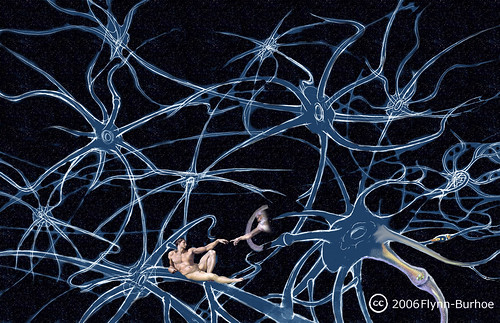reddit | Our “consciousness” accepts a different permutation of reality, one that isn’t predictable or cognitively relatable to us as we have laid it out.
It isn’t inherently “logical”, nor does it fit in any scientific box that we can categorize or at any scale that we can scientifically validate.
It is most certainly real/tangible, but also not at all. It is color/light/intensity, solid/holographic but at once devoid of light, matter. Separate from any agreed upon logic, glitchy and off putting at times, bridging the paranormal and the occult.. directed by intention. But most definitely real.
How do you/we think in our minds?, how does one actually “think”? ( pull In thoughts )… - Pay attention to your imagination/your antenna … what do you desire/imagine.. collectively what do we all believe?. What shapes/ archetypes have these ufo taken?, what shape did they take in the past and now in our present time. What are you thinking/forming into reality now and why?. Have you stopped to think.
“They” act out, misbehave. Play like children - like make believe - like imagination, a dream, a random thought/fantasy, a fleeting spark in one’s mind….
How do we think?, how do we actually imagine?… how many jittery ufo videos have you seen, how do your eyes “dart” as you scan your environment or how your thoughts dart around as you jump to different ideas. How do UFOs skip, jitter and appear irrationally, almost like a thought pattern. Like consciousness.
You have been conditioned your whole life away from one crucial part of your being..
“Make believe is for children”, imagination isn’t “Real”…
Practically on the surface, that totally makes sense.. our 3D world has rules to sustain our 3D bodies so we can extend our lives, propagating evolution, we need to be grounded to progress, it’s indeed critical.. but it isn’t all.
We do need our connection to this reality to survive, no doubt. But other intelligent entities can access consciousness through other means and aren’t purely tethered to our 3D space, they can play/navigate on their own terms. Their usage of “imagination” is unbound.
Hypothetical Higher beings without a limiting lack of ressources, could navigate in any permutation of space/time seeing no “good or bad” because why would they, there is no need.. those emotions stem from our resource management. Our reality would be a test bed to explore. Because ”It just is”.
So why will you never know?.. truly .. why is there a Fermi paradox? :
Picture billions of predictable human beings conditioned over all known history to flow/conform, dance an agreed upon dance, one that crafted over time leads us on a “safer” path, one that is predictable, one that should ensure a progression to evolution and one that if all fails can be redirected with relatively minimal effort.. ( keep in mind humans are emotional/reactive beings that can disregard logic frequently at a whim, so we navigate within a set of parameters )
Now what if we realize that we are in fact tethered to our individual thoughts as a real tipping point that can mold this reality.. our emotions/fears/fetishes/disgusts/loves/likes being a real reality shifting factor…, they now have true weight. They are a directing force that consciousness can flow through. This, all at once ( or within weeks/years ) humans realize their mental frequency does in fact actually shape/form/morph reality into a space/or confine that we must all live in together, one that can fluctuate on a whim… We can in fact all shape this world. Quite literally. So I actually get the fear of what that represents.
This current system you see is a “child’s lock” on human evolution, possibly rightly so. It is a way to gate us until we can finally learn and accept this truth, step out of emotional resource patterns and “see”. As much as I wish we were ready, we are not even remotely close to accepting this as a “whole” ( “whole” being the key, you could alone as a reader accept this 🙏, large populations just won’t be able to take that step at all, our mind is the Fermi paradox, THIS is the key).
To “disclose” and finally progress as an intellectual species in this dimension?... Humanity must deal with the simple facts above. Rules/guidelines are here because we aren’t able to process the actual reality, we may want too but logistically cannot. Your neighbor could influence your whole life path, as could you to them, you could topple regimes, but also be enslaved just as easily. This power/knowledge will remain “vaulted” forever, or until we are ready. I likely will not see that day and I get it.
How do we “believe” as a unified intelligence. How do we understand, accept these facts and not kill each other to get there. That I honestly don’t know. I recognize we probably can’t know, at least not now. “We” as a global intelligent entity are just not able to process this information and react to it without immediately going into fear, greed, lust or hatred, you can disagree but it’s just a clear fact with all known history to support it.
When/if we can parse this information, we will move forward.
There is indeed a cover up, it isn’t to fuck with you or suppress you for the elites benefit or to withhold resources, it is to ensure we continue as an extension of consciousness into this dimension, it’s that simple, nothing more. We may believe we are ready, our species is not. It’s that simple.









